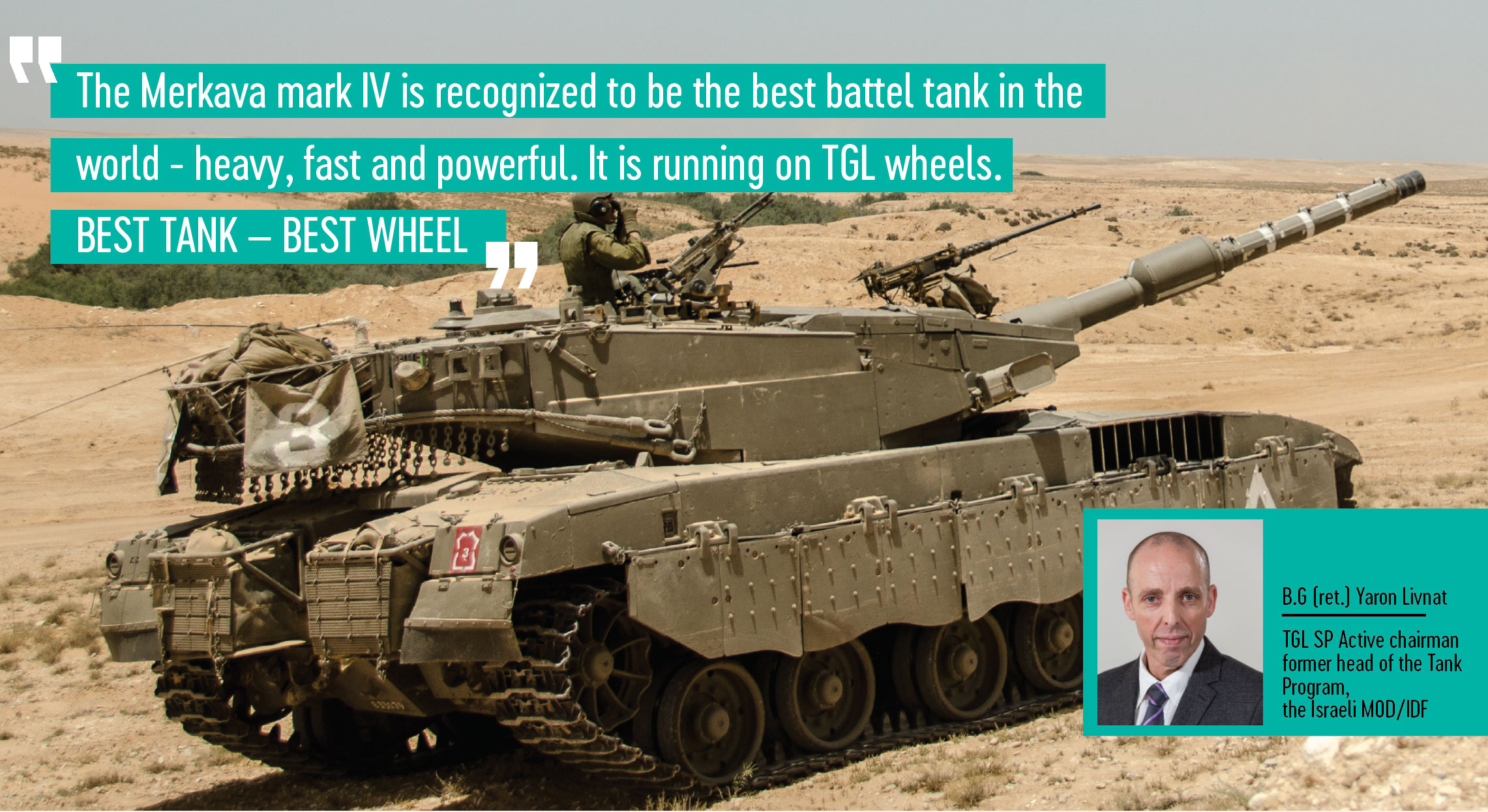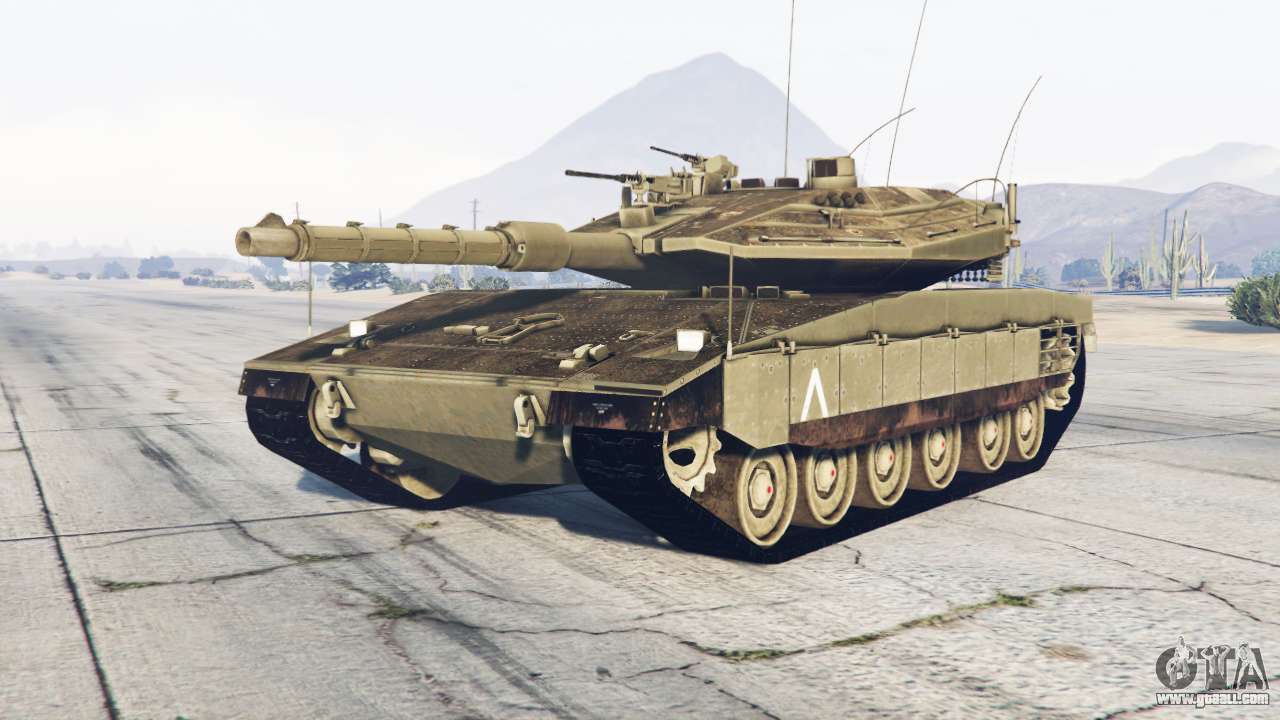Merkava Mark 5 - Parts of this article (related to FMCV) should be updated. Reason: The FMCV section has not been updated for almost a decade, and this is due to the unrealized target date of 2020. Please help update this article to reflect actual events or newly available information. (April 2022)
1982 Lebanon War, South Lebanon Conflict, First Intifada, Second Intifada, 2006 Lebanon War, Gaza War, Operation Pillar of Defense, Operation Protective Edge
Merkava Mark 5

The Merkava (Hebrew: מרקבה, [mɛʁkaˈva] (list), "battle chariots") is a line of main battle tanks used by the Israel Defense Forces and the backbone of the IDF's armored forces. The tank began to be produced in 1970,
Build Review Of The Meng Merkava Mk.ivm Scale Model Kit
, Merkava mark 4 is the latest version. The Merkava was first used extensively in the 1982 Lebanon War. The name "Merkava" is derived from the name of the original development program of the IDF.
The tank was developed at the Merkava and Tanks Department of the Israeli Ministry of Defense, and most of its parts are manufactured in Israel. The Merkava was designed for maximum crew protection, and therefore its frontal armor was reinforced and, unlike most tanks, the armor was placed in the front of the armor.
Design criteria include rapid battle damage repair, durability, cost-effectiveness, and field performance. Following the pattern of modern self-propelled howitzers, the turret mount is placed closer to the rear than most main tanks. In front of Gine, this layout was designed to absorb some of the power of incoming projectiles to provide additional protection against a frontal attack,
Especially for key personnel such as drivers. It also creates more space in the rear of the tank, allowing for greater storage capacity and rear gear access to the main crew compartment, allowing easy access under enemy fire. This allows the tank to be used as a medical landing platform, forward command and control post, and infantry fighting vehicle. Rear trans-hatch type doors provide overhead protection for cargo and personnel.
Israel's Merkava: The Best Tank On Planet Earth?
In the late 1960s, the Israeli military began collaborating with the British Army on the design of the Chieftain tank, which first entered service.
Israel buys the car and manufactures it locally. Two prototypes were introduced as part of the four-year test.
However, in the end, it was decided not to sell the head to the Israelis, because they were already being delivered to Arab countries.
Israel Tal, acting brigade commander after the Suez crisis, restarted plans to produce an Israeli tank, drawing on the lessons of the 1973 Yom Kippur War, when Israeli forces outnumbered Arab countries in the Middle East.
The Israeli Merkava Mk2 Tank & Upgrades
By 1974, the original plans were completed and prototypes built. After a short series of tests, reassignment work began for the full-time development and construction of an ammunition depot at Tel HaShomer. After the completion of the new buildings, the Merkava was announced in the International Defense Review. The first official photos of the tank were published in the American Armed Forces Journal on May 4, 1977. The tank was officially adopted by the IDF in December 1979.
Israel Military Industries (IMI) is the lead organization for system integration of key Merkava components. The Israeli military is responsible for the final composition of the Merkava. More than 90% of Merkava 4 tank parts are produced locally in Israel by the Israeli defense industry.
The Merkava Mark I and II were armed with the 105 mm IMI M64 gun, a bit-built version of the M68. The Mark III, Mark III Dor Dalet BAZ kassag, and Mark IV are armed with an IMI 120 mm rectangular cannon capable of firing almost all versions of Western 120 mm rectangular tank ammunition, as well as the LAHAT anti-tank guided missile.
Each Merkava model has two roof-mounted 7.62 mm machine guns for the commander and loader, one mounted coaxially with the main turret. The 60mm mortar is also suitable for firing smoke rounds or burying dug-in anti-tank infantry units.
Israel Main Battle Tank Merkava Mk.4/4 Lic With Nochri Kal Mine R
All Merkava tanks are equipped with a remote-controlled M2 Browning .50 heavy machine gun, aligned with the main turret and controlled from inside the turret. The .50 machine gun proved useful and effective in asymmetric warfare.
The tank's 1,500 hp turbocharged diesel engine was designed by MTU and manufactured under license from L-3 Communication Combat Propulsion Systems (formerly Geral Dynamics). The maximum speed of the Mark IV on the road is 64 km/h.
The Mark I, in service since 1979, is the original model created as a result of the decision of Israel Tal and was designed and developed for mass production. The Mark I weighed 63 tons and had a diesel engine with 908 hp (677 kW) with a power-to-weight ratio of 14 hp. It is armed with a 105 mm M64 L71A main gun (a licensed copy of the American M68, two 7.62 mm anti-personnel machine guns,

The universal model takes the tracks and Road Tires from the British Cturion tank, which was widely used during the Yom Kippur War and did well in the rocky terrain of the Golan.
Israël Maakte De Belangrijkste Gevechtstank Merkava Mk Ii In Het Yad La Shiryon Armoured Corps Museum In Latrun. Israël Royalty Vrije Foto, Plaatjes, Beelden En Stock Fotografie. Image 48528697
The Merkava was first used in combat during the 1982 Lebanon War, when Israel deployed 180 units. Although successful, the accompanying M113 APCs were found to have several malfunctions and were withdrawn. Merkavas were converted into makeshift APCs, or armored ambulances, by removing the stored ammunition racks. T-soldiers or walking wounded could get out the back door.
After the war, many modifications and additions were noticed and planned, the most important of which was that the 60 mm mortar was to be mounted inside the hull and designed to be fired from a distance - a valuable feature that the Israelis initially rejected on their Cturion Mk3s. 2" Mk.III mortar.
Behind the noise of the tower was an ammunition trap, where a well-placed shot could completely block the tower. The installation of a chain net to disable and destroy anti-tank guided missiles and anti-tank missiles before impacting primary armor increased survivability.
The Mark II first entered general service in April 1983. Although the Merkava was essentially the same as the Mark I, it contained many minor changes as a result of the attack on Lebanon the previous year. The new tank is optimized for urban warfare and low-intensity conflicts, weighing no more than the Mark I.
Idf Merkava Mk Iid Main Battle Tank
The Mark II used the same 105 mm muzzle and 7.62 mm machine guns as the Mark I, but the 60 mm mortar was redesigned to be housed inside the hull during construction and configured for long-range fire. small arms fire. All other Mark II vehicles were equipped with an Israeli-made automatic transmission and extended fuel tank. An anti-missile net is installed to increase survivability against infantry equipped with anti-tank missiles. Many minor improvements were made to the firefighting system. Updated meteorological arrays, crosswind analyzers, thermographic optics, and image intensifiers improved visibility and battlefield awareness.
In 2015, the IDF began a plan to remove older models from storage and use them as heavy armored personnel carriers. The cannons, turrets and bays used to store tank shells within the hull were removed to create a personnel carrier superior to the lighter M113 APC. Converting hundreds of Mark II airframes provides a cost-effective way to improve the capabilities of support units to perform medical, logistical and rescue missions.
In late 2016, after 33 years of service, the last brigade operating the Merkava II was scheduled to transition to combat duty Merkava III and Merkava IV tanks, with the vehicles being assigned as a reserve force for border guards during conflicts and as crew carriers. .

Merkava III shooting, FN MAG and smoke class. Activates the smoke extraction system. The demonstration ends with the release of smoke (1 m 16 s).
Merkava Mk Iv 3d Model $59
The Merkava Mark III was introduced in December 1989 and was produced until 2003. As of 2016, the Merkava III is the most common tank on the front lines of the IDF. Compared to the Merkava II, it has improvements in the powertrain, transmission, arms and electronic systems. The most common addition was the inclusion of a locally developed IMI 120mm gun.
This gun and a larger 1,200 hp (890 kW) diesel engine increased the tank's gross weight to 65 tons (143,000 lb), but the larger engine increased its maximum cruise speed to 60 km/h (37 mph). .
The turret was redesigned to move independently of the tank body, allowing it to track the target regardless of the tank's movement. Many other changes were made, e.g.
The final version of the Mark III class was the Mark IIID Dor-Dalet (Hebrew: Fourth Generation), which had several parts similar to the prototypes introduced in the Mark IV.
Amazon.com: Academy 1:35
Merkava Mark IV was launched in 1999, and production began in 2004. Development of the upgrade was announced in the October 1999 issue of the military publication Bamachaneh ("In the Camp"). However
Merkava mark iv tank, merkava 5 development, merkava 5, merkava mark iv, mark 10 series 5, merkava mark 4, israeli tank merkava 5, merkava mark v, merkava mk 5, merkava 5 tank, devcon mark 5, merkava mark 3
0 Comments